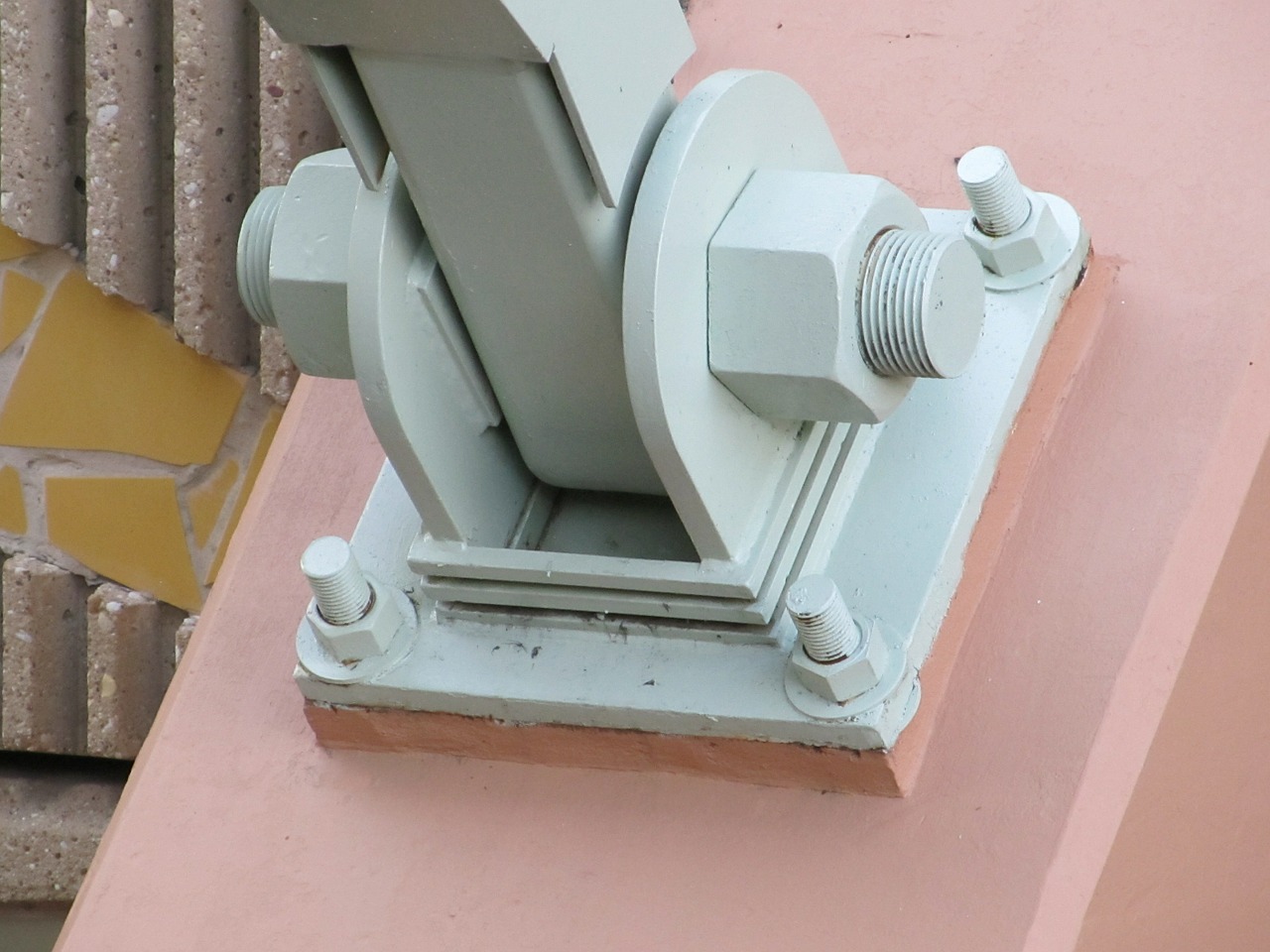Structural fasteners
Structural fasteners are strong, heavy-duty fasteners that are necessary for the construction of structures which include steel to steel connections. In other words, they are used when one metal structure needs to be connected to another.
The typical application of structural fasteners is in bridge and building construction, where they are used to connect metal beams and girders. To be considered for structural purposes, fasteners need to be made of quenched and tempered steel with a minimal tensile strength of 120 ksi.
Some of the most commonly used structural fasteners are:
- Heavy hex bolts. This type of bolt or cap screw comes with a hexagonal head, and is larger and thicker than standard hex bolts. A325 and A490 specifications are suitable in this application.
- Heavy hex nuts, also known as finish nuts. Heavy hex nuts are used along with bolts - both for strength and for a thick finished look.
- Flat washers. These high hardness and low-deformation plain washers, punched washers, or flat washers are used as spacers and load distributors.
- Tension control bolts. TC bolts are extremely adept at handling vibrations and preventing load reversals and they eliminate slips in connections.
The quality of structural fasteners specified is of prime importance because they will be holding together heavy and crucial structures. Therefore, they must be durable, sturdy, rust-proof and corrosion-free for several years. Using poor quality structural fasteners not only reduces the durability of the overall structure but also puts lives at risk.
[edit] Related articles on Designing Buildings Wiki
- Bolts.
- Civil engineer.
- Civil Engineering during the Industrial Revolution in Britain.
- Concept structural design of buildings.
- Elements of structure in buildings
- Fastener.
- Fixing.
- Nails.
- Nuts.
- Rivets.
- Substructure.
- Superstructure.
[edit] External references
Featured articles and news
RTPI leader to become new CIOB Chief Executive Officer
Dr Victoria Hills MRTPI, FICE to take over after Caroline Gumble’s departure.
Social and affordable housing, a long term plan for delivery
The “Delivering a Decade of Renewal for Social and Affordable Housing” strategy sets out future path.
A change to adoptive architecture
Effects of global weather warming on architectural detailing, material choice and human interaction.
The proposed publicly owned and backed subsidiary of Homes England, to facilitate new homes.
How big is the problem and what can we do to mitigate the effects?
Overheating guidance and tools for building designers
A number of cool guides to help with the heat.
The UK's Modern Industrial Strategy: A 10 year plan
Previous consultation criticism, current key elements and general support with some persisting reservations.
Building Safety Regulator reforms
New roles, new staff and a new fast track service pave the way for a single construction regulator.
Architectural Technologist CPDs and Communications
CIAT CPD… and how you can do it!
Cooling centres and cool spaces
Managing extreme heat in cities by directing the public to places for heat stress relief and water sources.
Winter gardens: A brief history and warm variations
Extending the season with glass in different forms and terms.
Restoring Great Yarmouth's Winter Gardens
Transforming one of the least sustainable constructions imaginable.
Construction Skills Mission Board launch sector drive
Newly formed government and industry collaboration set strategy for recruiting an additional 100,000 construction workers a year.
New Architects Code comes into effect in September 2025
ARB Architects Code of Conduct and Practice available with ongoing consultation regarding guidance.
Welsh Skills Body (Medr) launches ambitious plan
The new skills body brings together funding and regulation of tertiary education and research for the devolved nation.
Paul Gandy FCIOB announced as next CIOB President
Former Tilbury Douglas CEO takes helm.
UK Infrastructure: A 10 Year Strategy. In brief with reactions
With the National Infrastructure and Service Transformation Authority (NISTA).























